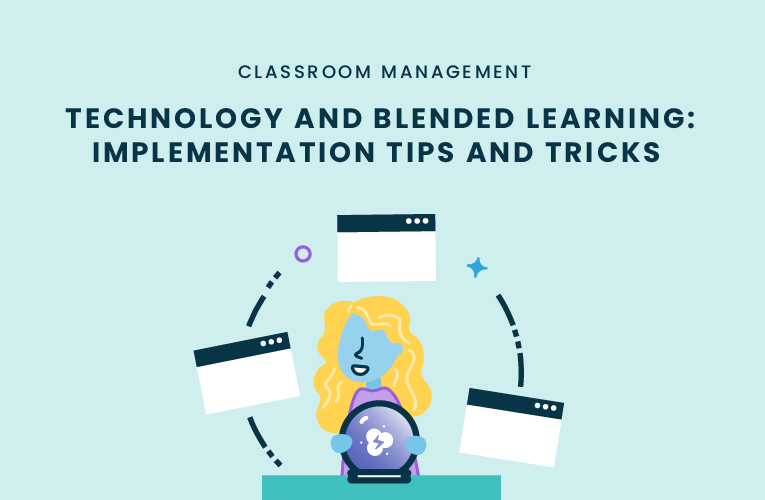As schools plan for the upcoming fall semester, many are planning to leverage technology and blended learning in their classrooms. Blended learning is a progressive learning style where teachers utilize both technology and traditional learning styles to conduct their lessons, whether fully in the classroom or in a hybrid environment.
After remote learning changed the course of K-12 classrooms globally, technology and blended learning implementation are a practical next step to revolutionize education. Yet, the difficult part is deciding on the most effective route for technology and blended learning implementation.
At Dyknow, we consistently have conversations with teachers, tech coaches, administrators, and education enthusiasts to understand the challenges K-12 educators face and how we can best assist them through each process. Recently we spoke to Dr. Monica Burns (@ClassTechTips), ed-tech and curriculum consultant, to understand her perspective on the future for K-12 schools after remote learning and what next steps they should take. In this conversation, we learned some great tips and tricks for technology and blended learning implementation.
3 Steps for Effective Technology and Blended Learning Implementation
Technology and blended learning implementation can be challenging, so here are some tips and tricks we put together for this upcoming school year.
1. Reflect on your Remote Learning Experience
Remote learning was a challenging time as teachers had to rely fully on technology to administer assignments and lessons. Although it brought challenges, remote learning also gave teachers the push they needed to take full advantage of using technology for instructional purposes. Dr. Monica Burns suggests taking time to reflect on what technological tools and devices did benefit your students during remote learning and what did not work. This reflection is a great way to start your implementation process of technology and blended learning in a physical classroom.
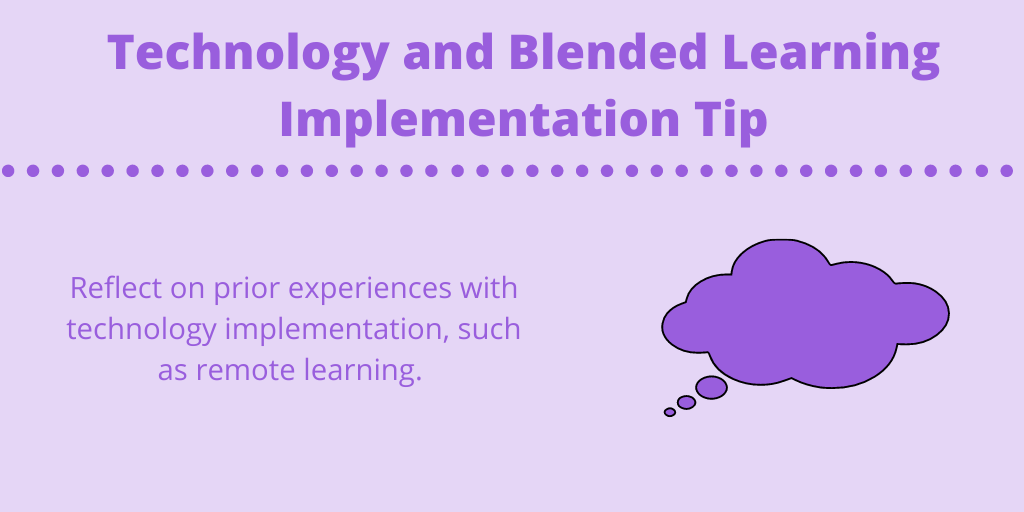
2. Find the Technology Tools that Best Fit your Needs
After you have reflected on what technology tools were beneficial during remote learning, make a note that these are the tools you want to continue to introduce into a physical classroom. It is also important to understand why certain tools or devices did not benefit your students during remote learning, but how they might be an effective learning tool in a physical classroom. After you have a list of the tools you plan to implement in your classroom, take note of what gaps you still need to fill with the use of technology tools.
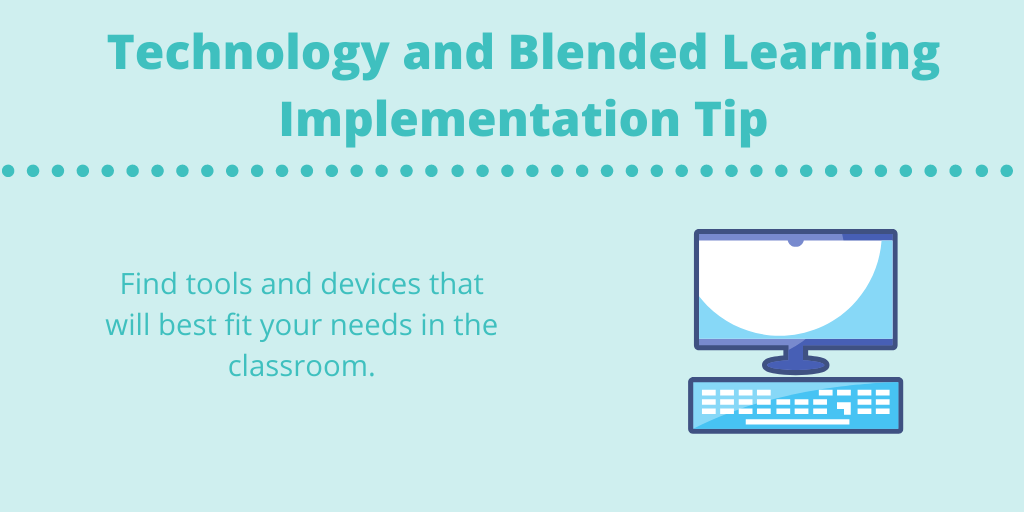
3. Determine your Ratio of Face-to-Face Learning and Electronic Learning
Blended learning is an effective teaching style as it allows teachers to have flexibility in determining the amount of time spent in the front of the class and the amount of time spent using technology to aid in learning. When you begin implementing technology and blended learning in your classroom, it is important to determine the ratio of time spent in front of the class versus assisting on the side. Finding the ratio of time that works best for you will allow the blended learning implementation into your classroom to be the most effective.
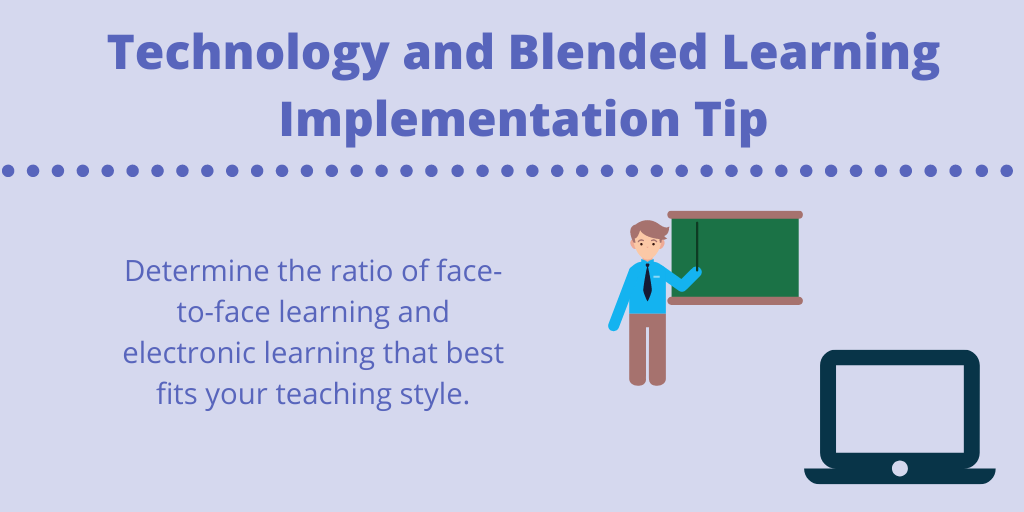
How to Use Classroom Management Software to Support Technology and Blended Learning Implementation
Teachers may fear the implementation of blended learning into their classrooms because of the distractions technology can cause. Device monitoring software eliminates the stress of teachers constantly having to remind students to stay on track. Dyknow’s classroom management software works to defeat distractions in the classroom by monitoring student devices and allowing teachers to apply blocking plans. Additionally, teachers can communicate with students in real-time even if students are completing an online activity at blended learning stations. Teachers have enough responsibilities as it is, and so eliminating the stress of patrolling student devices is crucial to the success of technology and blended learning.
Technology and Blended Learning Advice from an Ed-Tech Consultant
Remote learning made it even more evident that all students have different methods of learning. Some students excel in working individually on their computers, yet others may struggle without face-to-face instruction. Dr. Monica Burns suggests using blended learning to create differentiation in your classroom, as blended learning intertwines both learning styles of face-to-face interaction and individual work. Since the learning environment in blended learning offers flexibility, Monica’s advice would be to leverage this less rigid environment to promote student choice.
Technology and blended learning implementation can be a daunting task, so we created a SlideDeck outlining our top tips and tricks for effective technology and blended learning implementation in your classroom!
Want even more Dyknow content? Check out our YouTube channel linked here!
Listen to our full conversation with Monica Burns!
On this episode of Tackling Tech Podcast, Brett McGrath speaks to Dr. Monica Burns, ed-tech and curriculum consultant, author, and former NYC public school teacher. Monica usually travels across the country to schools to help them integrate technology in a meaningful and sustainable way. Since the quick shift over to remote learning, she shares her observations of K-12 schools during this difficult time.
Start teaching confidently with Dyknow for free!
Latest blog articles
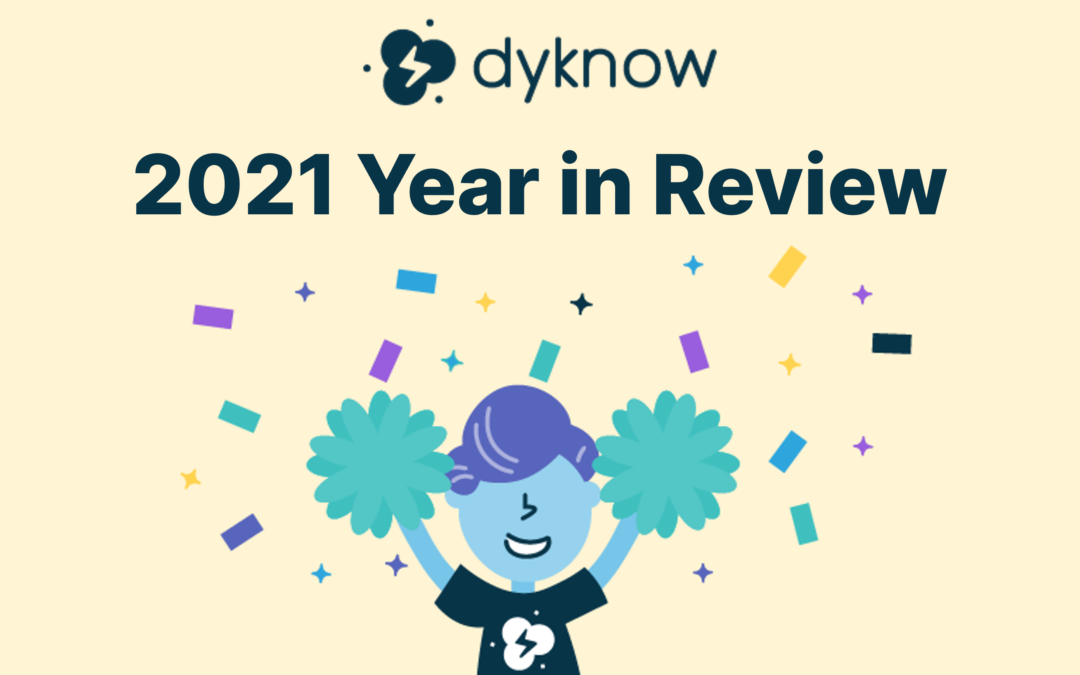
Dyknow 2021 Year In Review
In addition to web browser updates and bug fixes, Dyknow released several major product updates, new features and enhancements. Check out Dyknow’s 2021 Year in Review!
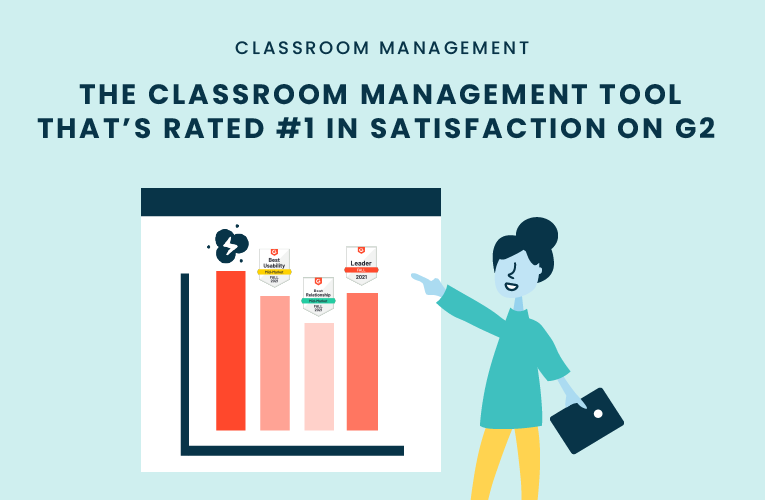
The Classroom Management Tool that’s Rated #1 in Satisfaction on G2
K-12 Administrators across the world trust G2 as the #1 platform to find, research, and choose EdTech tools that solve the most pressing problems their teachers are experiencing. In G2's Fall 2021 Reports, Dyknow was once again rated #1 in overall Satisfaction out of...
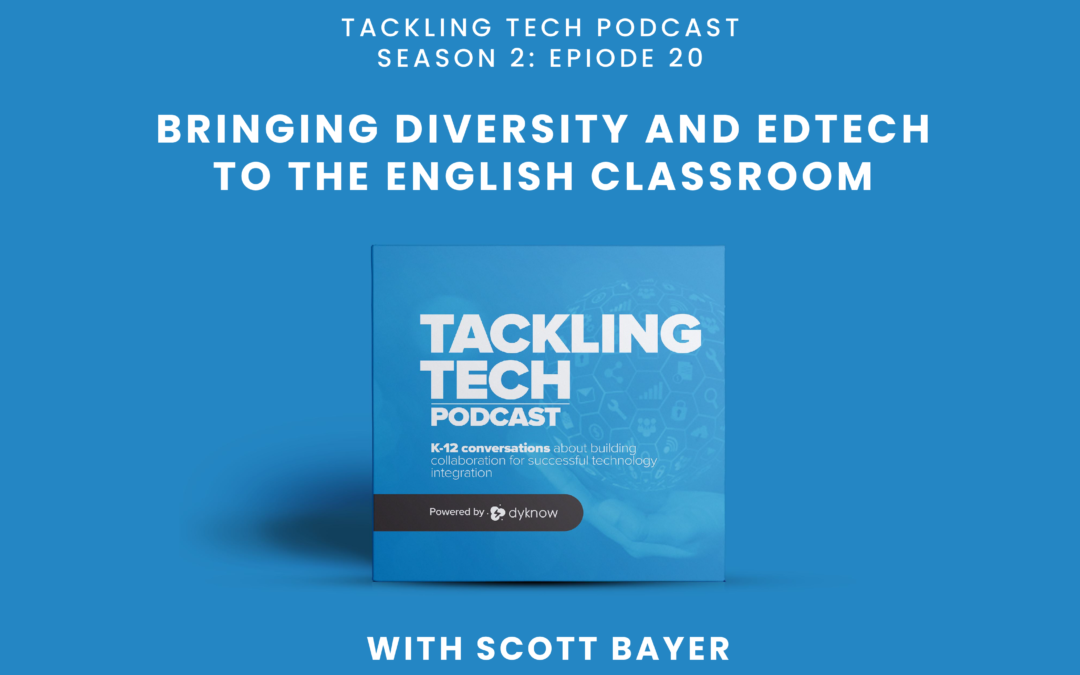
Bringing Diversity and EdTech to the English Classroom
On this episode of Tackling Tech, Tierra Leustig interviews Scott Bayer about being an anti-racist teacher, diversifying reading lists, creating inclusive learning environments, and leveraging ed-tech in non-technical ELA classrooms. Scott Bayer is a High School...

